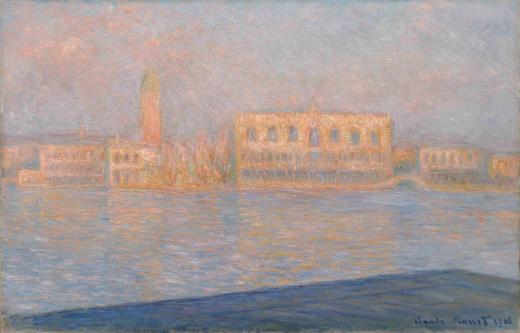THE THANNHAUSER LEGACY
The Thannhauser Collection comprises a bequest of late nineteenth- and early twentieth-century art that Justin K. and Hilde Thannhauser gave to the Solomon R. Guggenheim Foundation in New York. These essential works signify the culmination of the Thannhauser family’s tireless promotion of progressive art over their distinguished careers as dealers and collectors in Germany, Switzerland, France, and the United States.
Justin Thannhauser (1892–1976) was the son of the German Jewish art dealer Heinrich Thannhauser (1859–1935), who founded the Moderne Galerie in Munich in 1909. From an early age, Justin worked alongside his father in the flourishing gallery and helped build a versatile exhibition program. In addition to presenting contemporary German artists, the gallery especially highlighted the late nineteenthcentury French avant-garde, thus helping to cultivate a taste for Impressionist and Post-Impressionist art in Germany.
For example, Heinrich was earlier involved in a posthumous survey of Vincent van Gogh’s work in 1908, which influenced local artists beginning to work in an Expressionist vein. The Thannhausers also mounted in 1913 one of the first major Pablo Picasso retrospectives, thus initiating a close, lifelong relationship between Justin and the artist.
An ambitious businessman, Justin opened a second gallery in Lucerne, Switzerland, in 1920 with his cousin Siegfried Rosengart (1894–1985). Seven years later, the Thannhausers relocated their Munich gallery to the thriving art center of Berlin. As the capital of the liberal Weimar Republic, Berlin in the 1920s was a dynamic cultural hub, embracing audacious art and transgressive lifestyles. There, Justin organized significant exhibitions of the work of such artists as Paul Gauguin, Henri Matisse, and Claude Monet.
Business operations were hindered in the next decade, however, when the Nazi government began attacking the so-called “degenerate” art of the avant-garde. The Berlin gallery closed in late 1937, shortly after the Thannhauser family immigrated to Paris, where Justin opened yet another gallery devoted to modern art. He eventually settled in New York in early 1941 and established himself as a private art dealer, serving a range of notable cultural, political, and even scientific figures.
The Thannhausers’ commitment to fostering artistic innovation paralleled the vision of Solomon R. Guggenheim (1861–1949). In appreciation of this shared spirit and in his family’s memory, Justin gave a significant portion of his art collection, including more than thirty works by Picasso, to the Guggenheim. A bequest of ten additional works from Hilde Thannhauser (1919–1991), Justin’s second wife and widow, augmented the holdings. The Thannhauser Collection continues, to this day, to provide a significant framework for considering one of the most dynamic periods in the history of art.

